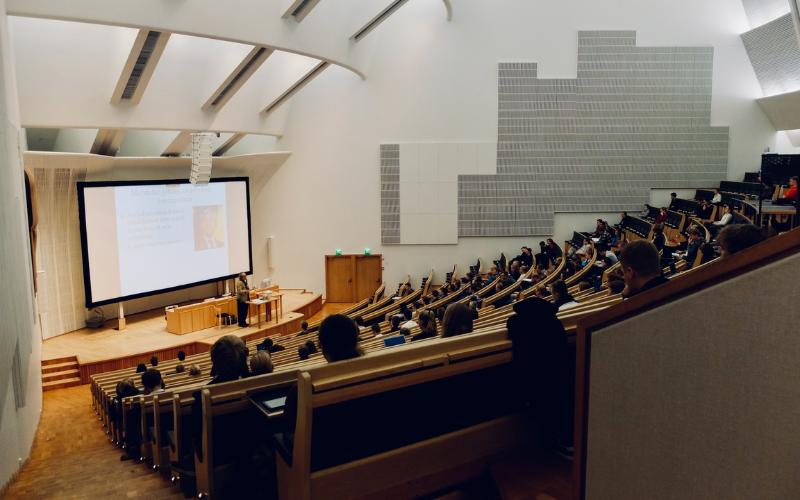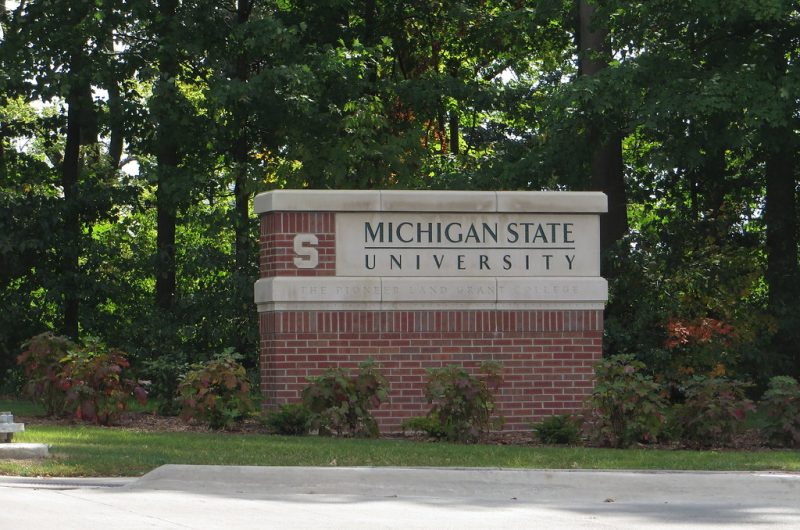COVID-19 Distance Learning Response in Rural Western UP School Districts
The opinions expressed in this publication are those of the authors, and do not necessarily reflect the opinions or views of Rural Insights or its members.

“Monday, March 13, 2020” written on the classroom whiteboard. A few forgotten gym shoes left in an otherwise-empty coat room. All over Michigan classrooms look the same–vacant.
Within one month of the closures due to COVID-19, teachers and administrators scrambled to create a plan for instruction to continue in the form of distance learning. All Michigan schools were to complete a “Continuity of Learning and COVID-19 Response Plan.”
What does this “distance learning” look like in a rural Upper Peninsula county?
Ironwood Area Schools, Wakefield–Marenisco Schools, Bessemer Schools, and Watersmeet Township Schools are the four school districts in Gogebic County. Administrators, teachers and support staff in these school districts put in countless hours to create a plan to strive to meet the needs of ALL students while maintaining social distancing.
Gogebic County school districts were entering territory never before chartered. The majority of the teachers–like teachers all over the country–have not had training with online instruction. Programs such as Google Classroom, Facebook and Zoom had been used by teachers, but not as the main means of instruction delivery.
The scenario of a first grader logging into a forum like Google Classroom without support was laughable.
All school districts within Gogebic County chose to utilize a blend of online or digital content and traditional paper-pencil activity packets. Some districts focused more on digital content than others.
In the Continuity of Learning Plan, Watersmeet described the challenges of a small rural school district in the Upper Peninsula.
“On a recent technology survey, it was reported that only 20%-30% of our students have Wi-Fi access. Wi-Fi accessibility is also limited due to the natural forest terrain blocking the signals from transmission towers.”
Due to these issues, the regular and special education teachers at the Watersmeet schools provided instructional packets to their students every two weeks during the closure. Bessemer, Ironwood and Wakefield-Marenisco School Districts were able to use technology to a greater degree.
Wakefield-Marenisco School District offered instruction virtually through digital platforms such as email, Zoom, StudiesWeekly.com, MobyMax, Class Dojo, and Google Classroom. The district reached out to families to ensure connectivity was adequate. Students were allowed to borrow school Chromebooks. Phone calls and paper packets were also part of the district plan.
Bessemer School District’s plan took a blended approach. Bessemer schools used Google Classroom and Enrichment activities online. The district offered a Wi-Fi space in the Washington School playground lot. The Gogebic Ontonagon Intermediate School District also hosted mobile hotspots throughout areas.
In addition, packets were available at the Washington School during times of food distribution. Students who were not able to utilize the above learning options were contacted, and packets were either delivered or sent through the mail. Teachers gave feedback through Google Classroom or over the telephone.
Ironwood schools stated in their plan that their rural district had a high percentage of families at or below the poverty line, so access to the internet would be inconsistent and may present a significant barrier for many students and parents.
A blended approach through the use of digital and/or an online format and a comparable paper /pencil format was used by Ironwood teachers. A Google Classroom setting was developed, and teachers connected with students at least once a week using email, phone, Google Classroom, Google Meet, Google Chat, Google Hangout and the US mail.
What was most evident in all the plans was that online learning was a new concept to teachers, students and families.
The districts also understood that their students’ and their families’ mental health was a major concern. In a time when anxiety was high and the stress due to financial uncertainty and fear of being exposed to disease was clearly weighing heavy on all stakeholders, districts found ways to support their students.
The district plans stressed the importance of making connections with the students. Meals were offered in many districts at no cost to students. The Watersmeet district had a staff member read a children’s book on Facebook Live each day, which became very popular with students of all ages.
Staff members in the districts made videos where they expressed how much they missed meeting with the students each day. The Watersmeet school band director played a trumpet solo each day in the local park that was live streamed.
Through the difficult transition to distance learning, the rural districts in Gogebic county rose to the challenge.






I have family in the Trout Creek-Ewen area. That part of the U P is unique and special. They “take care of their own” and seem to enjoy their isolation. They found a way to celebrate the 4th with a lawn mower parade. I believe they rose to the challenge.Congratulations to the Watersmeet band director.
This is a wonderful description of the challenges rural schools faced with the sudden changes brought on by the quarantine. Ms. Spady describes creative solutions, and basic loyalty to students, and seeing to it that they are fairly and effectively taught under the difficulties of distance remote learning. It is inspiring.
It’s a bit ironic that at Cong. Bergman’s home school district, Watersmeet, only 20-30 percent of the students have access to WiFi, so essential for remote learning. That 70-80 percent of the students in his home school do not have Wifi may surprise most people.